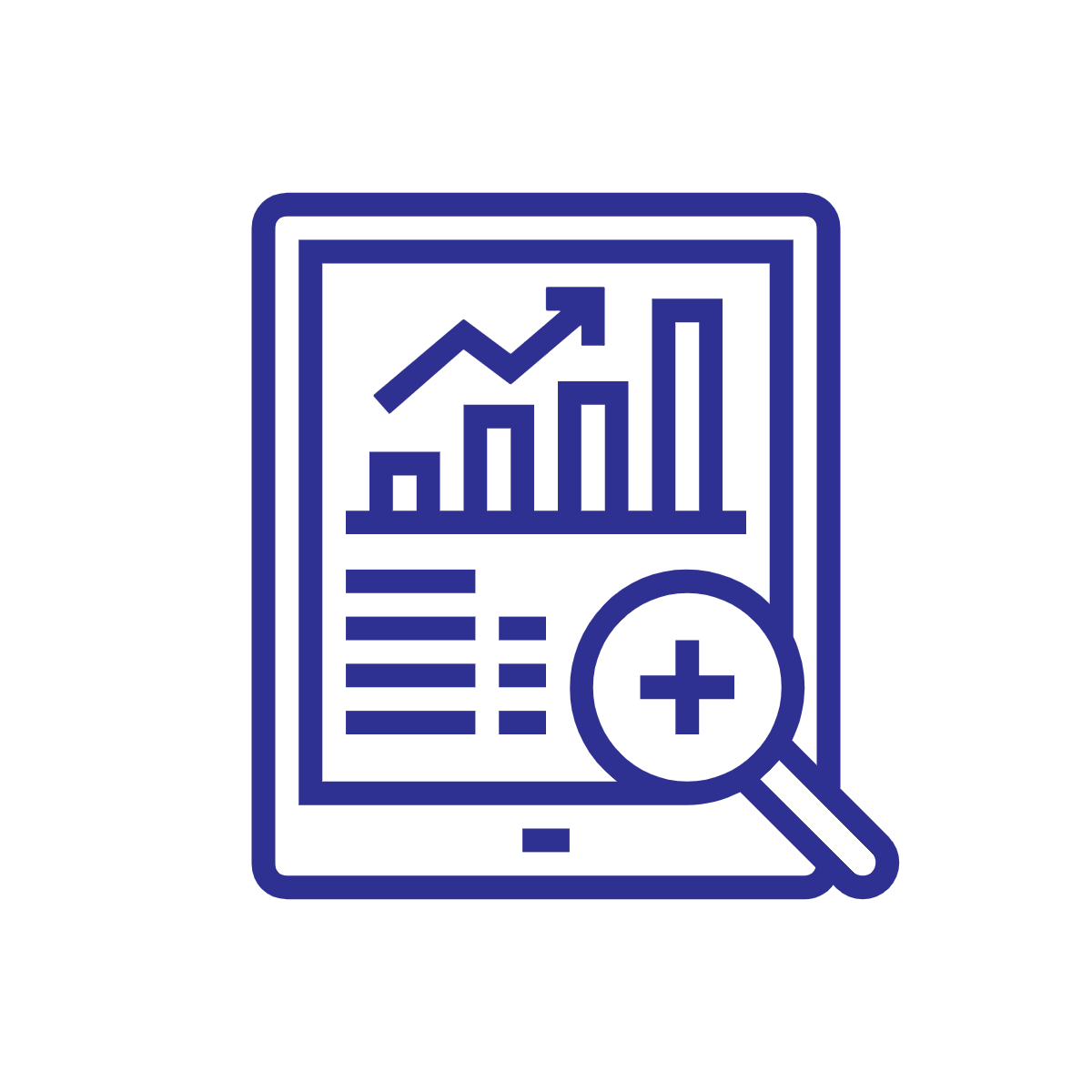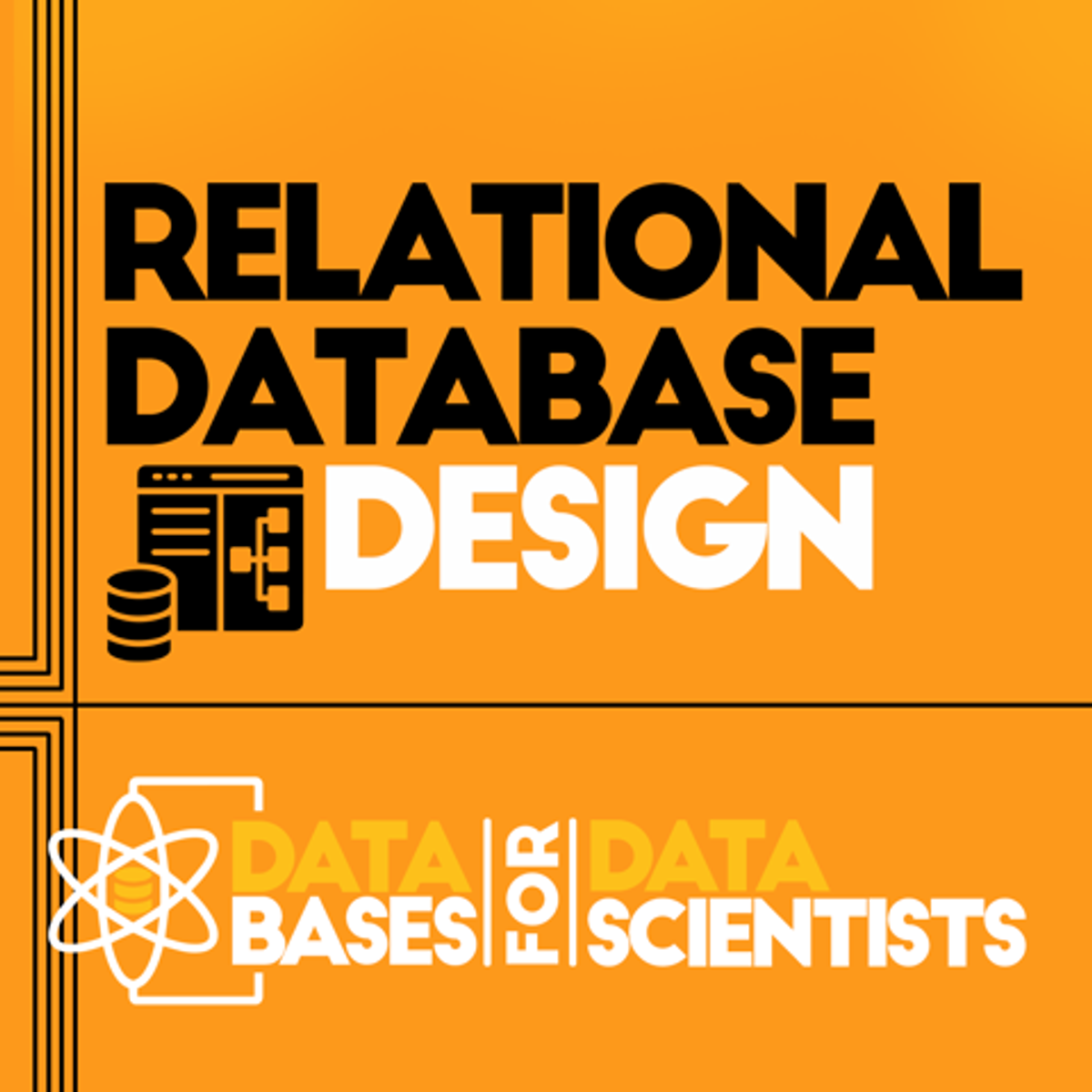Back to Courses









Data Management Courses - Page 21
Showing results 201-210 of 399

Getting Started with Redis and RediSearch
This is a self-paced lab that takes place in the Google Cloud console. In this lab you will use Redis and RediSearch, an add-on module that enables full-text search and secondary indexing in Redis, to install and run a Redis instance, import example hashes, index them with RediSearch, and query them.

How to find audience interests with Meta Business Suite
Facebook has a new name, and with that new name also, a new platform for their businesses. Now, better known today as Meta has a new view of everything in the Business Suite, and we want to show you how the new tools work. These will show you how to find Facebook Audience Insight. This project will show the tools you need to know this game of Meta Business Suite. That will help you find the audience following you, the one you want to impact, and how this affects or provides better options for your business. You will know all the statistics, ages, countries, or cities where your followers or buyers are registered. So in this project, you will see all the options available to create content and ads aimed at your audience, which points to fantastic opportunities for your business. You will be able to see how to create an ad aimed at the audience you want and validate how the campaigns you have created offer feedback. This project is for you if you want to learn about everything Meta Business Suite offers in your audience area. We are going to practice and put hands-on work on what we learn. Be prepared to learn a lot and practice for your next project.

Troubleshooting Data Models in Looker
This is a self-paced lab that takes place in the Google Cloud console. In this lab you will learn how to troubleshoot and diagnose LookML code

Mastering SQL Joins
In this 2-hour long project-based course, you will understand how to use SQL joins like INNER JOIN, LEFT JOIN, and RIGHT JOIN to get a desired result set. In addition, you will learn how to use SQL Joins with the WHERE clause and with aggregate functions. By extension, you will learn how to join more than two tables in the database.
Note: You do not need to be a data administrator or data analyst expert to be successful in this guided project, just you have to be familiar with querying databases using SQL SELECT statement to get the most of this project. If you are not familiar with SQL and want to learn the basics, start with my previous guided projects titled “Performing Data definition and Manipulation in SQL", “Querying Databases using SQL SELECT statement” and “Performing Data Aggregation using SQL Aggregate Functions”

Introduction to SQL Window Functions
Welcome to this project-based course Introduction to SQL Window Functions. This is a hands-on project that introduces SQL users to the world of window functions. In this project, you will learn how to explore and query the project-db database extensively. We will start this hands-on project by retrieving the data in the table in the database.
By the end of this 2-hour-and-a-half-long project, you will be able to use different window functions to retrieve the desired result from a database. In this project, you will learn how to use SQL window functions like ROW_NUMBER(), LEAD(), LAG(), and FIRST_VALUE() to manipulate data in the project-db database. These window functions will be used together with the OVER() clause to query this database.

Fundamentals of Big Data
Welcome to Fundamentals of Big Data, the fourth course of the Key Technologies of Data Analytics specialization. By enrolling in this course, you are taking the next step in your career in data analytics. This course is the fourth of a series that aims to prepare you for a role working in data analytics. In this course, you will be introduced to many of the core concepts of big data. You will learn about the primary systems used in big data. We’ll go through phases of a common big data life cycle. This course covers a wide variety of topics that are critical for understanding big data and are designed to give you an introduction and overview as you begin to build relevant knowledge and skills.

Creating New BigQuery Datasets and Visualizing Insights
This is the second course in the Data to Insights course series. Here we will cover how to ingest new external datasets into BigQuery and visualize them with Google Data Studio. We will also cover intermediate SQL concepts like multi-table JOINs and UNIONs which will allow you to analyze data across multiple data sources.
Note: Even if you have a background in SQL, there are BigQuery specifics (like handling query cache and table wildcards) that may be new to you.
After completing this course, enroll in the Achieving Advanced Insights with BigQuery course.
>>> By enrolling in this specialization you agree to the Qwiklabs Terms of Service as set out in the FAQ and located at: https://qwiklabs.com/terms_of_service <<<

Advanced SQL Retrieval Queries in SQLiteStudio
In this course you will learn to write advanced SQL (Structured Query Language) retrieval queries using SQLiteStudio. Retrieving data from a relational database is one of the primary methods used by application and web developers to display data and populate web pages. Since a database can be made up of a complex combination of relational tables, retrieving that data can be challenging. You can meet those challenges by gaining experience with some of the more advanced SQL coding techniques. Through hands-on practice you will write SQL code to use functions and grouping, sub queries, calculated fields, and conditional expressions. In addition, you will experiment with alternative methods of joining tables for data retrieval.
Note: This course works best for learners who are based in the North America region. We’re currently working on providing the same experience in other regions.

Predict Visitor Purchases with a Classification Model in BQML
This is a self-paced lab that takes place in the Google Cloud console. In this lab, you will use a newly available ecommerce dataset to run some typical queries that businesses would want to know about their customers’ purchasing habits.

Relational Database Design
Have you ever wanted to build a database but don't know where to start? This course will provide you a step-by-step guidance. We are going to start from a raw idea to an implementable relational database. Getting on the path, practicing the real-life mini cases, you will be confident and comfortable with Relational Database Design. Let's get started!
Relational Database Design can be taken for academic credit as part of CU Boulder’s Master of Science in Data Science (MS-DS) degree offered on the Coursera platform. The MS-DS is an interdisciplinary degree that brings together faculty from CU Boulder’s departments of Applied Mathematics, Computer Science, Information Science, and others. With performance-based admissions and no application process, the MS-DS is ideal for individuals with a broad range of undergraduate education and/or professional experience in computer science, information science, mathematics, and statistics. Learn more about the MS-DS program at https://www.coursera.org/degrees/master-of-science-data-science-boulder.
Popular Internships and Jobs by Categories
Browse
© 2024 BoostGrad | All rights reserved


